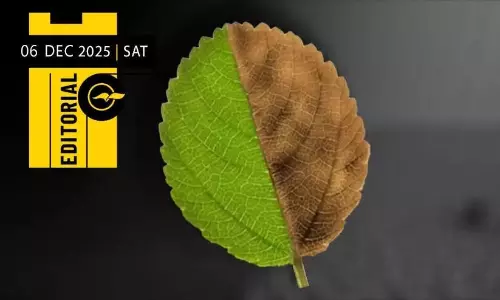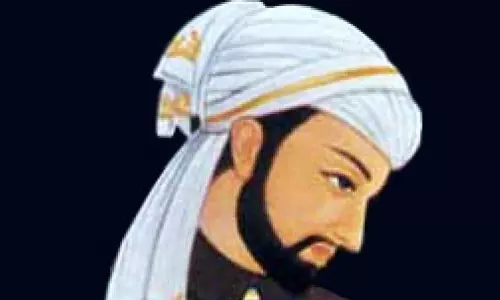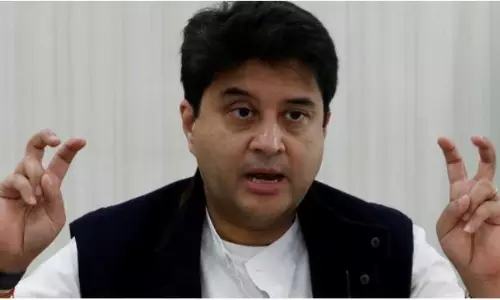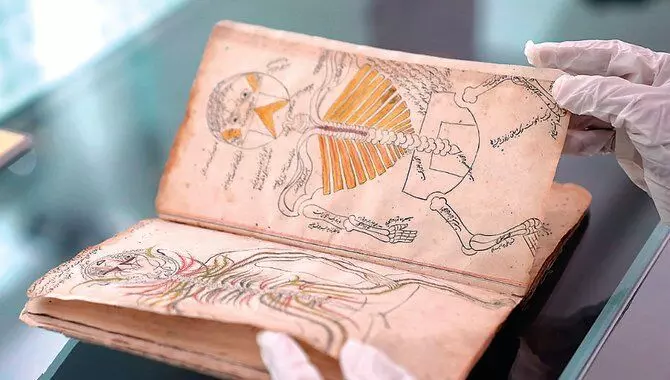
Riyadh's library receives rare 14th-century human anatomy manuscripts
text_fieldsRiyadh: King Abdulaziz Public Library received one of the rarest human anatomy manuscripts dating from the 14th century, Arab News reported.
The book is titled "The Anatomy of the Human Body" and was written by Mansur bin Mohammed bin Ahmed bin Yusuf bin Ilias Al-Kashmiri between 1380 and 1391. It is the earliest known document to dissect and draw the inside of the human body. The illustrations drawn with pen and inks of distinct colours exhibit the entire human body. Each drawing took a whole page.
The drawing shows evidence of outstanding craftsmanship in the use of lines and colours. The art of Islamic miniatures, which was the standard when the book was written, is well utilised. The illustrations were drawn with no tools other than a pen.
The chapters include bones, nerves, muscles, veins, arteries, face, nose, liver, and other human body organs. The author had written the functions of the arteries and described the veins as mobile veins that emerge from the left and right ventricles of the heart where the diastole and systole occur.
The book is one of the most precious Islamic medical manuscripts. It was written before the modern anatomy of the Belgian physician Andreas Vesalius and the Italian painter Leonardo da Vinci. Arab News reports that European scientists learnt from drawings from the book and manuscripts. After that, they made anatomy a part of their recognised medical education.
The book was written in Persian and was transcribed by someone named Mohammed Hassan on Dec. 16, 1707























